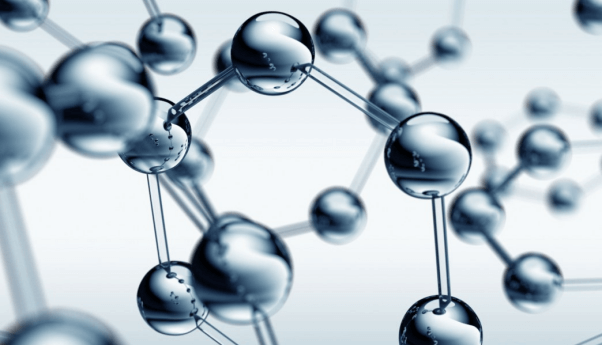In the human body, thousands and millions of proteins are currently buzzing with certain activities. Some are huge pieces of machines, while others are composed of the actual scaffolding that offers every cell its shape. There is this other class of different molecules that are known to function in the shadow of the behemoths: peptides.
In the field of science, peptides are known as naturally occurring biological molecules. These elements are found in living organisms. They also play an essential role in different biological activities. And just like proteins in the scientific world, most peptides are usually synthesized naturally from a sequence of genetic codes, and their DNA. In this blog post, we also look at the uses of peptides.
Transcription, on the other hand, refers to the biological process of having to copy a particular DNA gene sequence into a molecule, which is usually referred to as mRNA and carries the code for a specific peptide bond of amino acids. There are about 20 amino acids that can be combined into a variety of molecules, and when one single unit has about 2-50 amino acids, then it is known as a peptide. A larger thread of amino acids will then be termed as protein.
The amino acids found in a peptide are usually connected to each other in a bond known as a peptide bond. To distinguish the peptides from the proteins, you need to take a more in-depth look at their length. Peptides are known to be shorter. The cut-off number of the amino acids that define a peptide may be slightly arbitrary.
Towards that end, peptides are known to be shorter than the two chains. In the interim, proteins happen to be longer molecules created of multiple peptide subunits and are additionally known as polypeptides. The proteins can easily be digested using enzymes or other proteins into shorter fragments.
Among the cells, peptides can efficiently perform specific biological functions.
Some of these functions are such as acting as hormones, which refers to the molecules that if released from the cells will affect the other areas of a person’s cells and body.
Looking At The Power Of Peptides
Peptides have some power in them. They can affect the functionality of a cell. Such elements are known as biopeptides and are essential when it comes to the study of proteomics. Many peptides are known to affect the metabolism of a person. Such peptides can also affect how a person’s body digests food.
Other peptides are known to have different functional properties, which are also undoubtedly useful in the world of cosmetics. In this article, we have devoted our time to getting you up to speed on the peptides and biopeptides, two subjects that are likely going to be more useful in your world as a manufacturer or a student.
Final Thoughts
Regardless of their sizes, peptides have significantly emerged as relevant biological entities with the ability to create disease and inflammation, while making food more nutritious in the long run. Thus, peptide uses differ in terms of the need.


